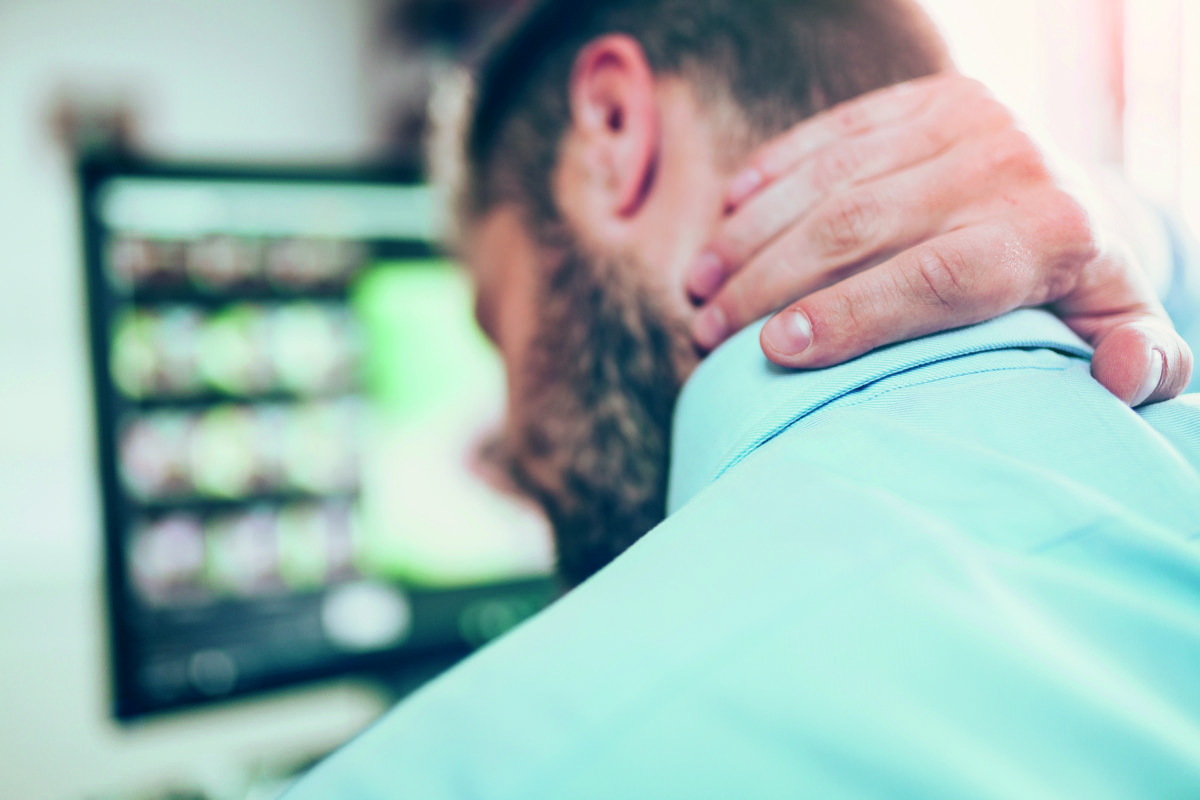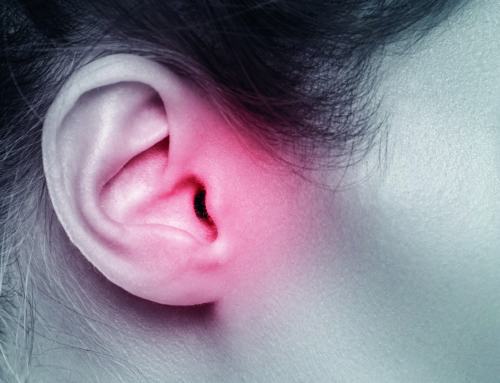Are you seeing beyond your patient’s pain and cultivating a management approach catered to their individual needs?
Keeping in Mind Patients’ pain-orientated complaints can differ in many ways – complex or straightforward; taking the form of flare-ups or a consistent presence. But they’re all bound by a common thread in that if the condition is directly impeding the quality of the individual’s life, then their mental health is vulnerable to threat too.
The toll which pain can take psychologically has long been suspected, but new data is starting to decipher the extent to which we should be cautious. In fact, adolescents who experience back pain more frequently are seemingly more likely to smoke cigarettes, drink alcohol, and report problems like anxiety and depression, as reported by a study in the Journal of Public Health.
During adolescence, the prevalence of musculoskeletal pain (pain arising from the bones, joints, or muscles) in general, and back pain in particular, rises steep – and although often dismissed as trivial and fleeting, it can yield substantial healthcare use, and the absence from, and interference of, day-to-day activities.
Back pain and unhealthy behaviours not only occur together, but they can also filter into adulthood – representing significant implications for future health. As outlined by the researchers, appropriate intervention must be conducted as soon as possible as the developing brain may be susceptible to negative influences of toxic substances, and use in early adolescence may increase the risk of substance abuse and mental health problems in later life.
‘Findings like this provide an argument that we should be including pain in the broader conversation about adolescent health,’ remarked the paper’s lead author, Steven Kamper.
‘Unfortunately, our understanding of the causes and impacts of pain in this age group is quite limited; the area is badly in need of more research.’
Of Mice and Men (and Women) As representatives of the health service, it’s already ingrained in us to frame our course of patient treatment in line with their
individual requirements. But what if this approach needs to be even more specific than we originally thought? New findings have suggested that pain’s origins can be somewhat linked to gender.
Scientists increasingly believe that one of the driving forces in pain appears to be the memory of earlier pain, and now new insights suggest that there may be variations, based on sex, in the way that pain is remembered in both mice and humans.
The research team, led by colleagues from McGill and University of Toronto Mississauga, found that men (and male mice) remembered earlier painful experiences clearly. As a result, they were stressed and hypersensitive to later pain when returned to the location in which it had earlier been experienced. Conversely, women (and female mice) didn’t seem to be stressed by their earlier experiences of pain – and this translational nature can potentially aid future treatments.
Shedding more light on the human factor, Jeffrey Mogil, the EP Taylor Professor of Pain Studies in McGill’s Department of
Psychology, and Alan Edwards Centre for Research on Pain, who is the senior author on the study, commented, ‘We set out to do an experiment looking at pain hypersensitivity in mice and found these surprising differences in stress levels between male and female mice. So we decided to extend the experiment to humans to see whether the results would be similar.
‘We were blown away when we saw that there seemed to be the same differences between men and women as we had seen in mice.’
Loren Martin, the first author on the paper, and an Assistant Professor of Psychology at the University of Toronto Mississauga, added, ‘What was even more surprising was that the men reacted more, because it is well-known that women are both more sensitive to pain than men, and that they are also generally more stressed out.’







